

Energy conversion systems play an important feature in modern society, allowing the change of different types of energy into much better and practical kinds. These systems are basic to power generation, transportation, commercial processes, and everyday modern-day technologies. Acknowledging the principles and applications of energy conversion systems is critical for developers, policymakers, and any person curious about the field of energy. At its core, energy conversion is governed by the regulations of thermodynamics. The very initially regulation of thermodynamics, which points out that energy can not be developed or harmed however only transformed from one type to an extra, is the foundation of all energy conversion systems. The 2nd legislation presents the idea of worsening and efficiency, describing why no energy conversion process can be 100% trustworthy. These standard principles underpin the design and operation of all energy conversion systems. One of among the most usual and considerable energy conversion systems is the thermal power plant. Waste-to-Energy These facilities convert the chemical energy saved in nonrenewable fuel resources (such as coal, oil, or gas) or nuclear fuel into electrical energy. The procedure generally entails shedding the fuel to cozy water, producing vapor that drives a wind turbine affixed to a generator. This system, based upon the Rankine cycle, is an archetype of transforming thermal energy to mechanical energy and later on to electric energy. Modern thermal nuclear power plant use numerous strategies to boost efficiency, such as supercritical heavy steam problems and combined cycle systems. Renewable resource systems stand for an extra essential category of energy conversion. Solar photovoltaic or pv (PV) panels change light energy straight right into electric energy with the photoelectric result. Wind generators modification the kinetic energy of relocating air right into power and afterwards into electrical energy. Hydroelectric nuclear power plant harness the potential energy of water maintained at elevation, transforming it to power using generators and after that to electric energy. Each of these systems has its unique concepts and challenges, yet all satisfy of converting normally happening energy into more useful kinds. Interior melting engines, extensively utilized in transport and some power generation applications, change the chemical energy in gas right into power via managed surges. These engines, whether fuel or diesel, operate thermodynamic cycles (such as the Otto cycle or Diesel cycle) that include compression, shedding, development, and exhaust stages. The efficiency of these engines has actually been continually improved through enhancements in items, fuel shot systems, and exhaust gas therapy advancements. Gas cells stand for an innovative energy conversion system that directly changes chemical energy right into electric energy without burning. These devices make use of electrochemical responses to develop electrical energy, with hydrogen being a typical fuel.
Energy conversion contemporary technologies most likely to the center of changing just exactly how we harness and make use of energy, playing a vital function in the change in the direction of lasting and dependable energy systems. From photovoltaics to gas cells, these modern-day technologies include a diverse array of systems that change natural energy sources right into practical types, such as electrical power, heat, and gas. Each innovation runs distinct concepts and is matched to certain applications, using unique advantages and challenges. Understanding these technologies is crucial for progressing energy solutions that address worldwide energy demands while reducing eco-friendly effect. Photovoltaics (PV) stand for amongst one of one of the most extensively acknowledged kinds of solar energy conversion. These systems use semiconductor products, generally silicon, to convert sunshine straight right into electricity via the photovoltaic or pv effect. When sunlight strikes the surface area of a PV cell, it delights electrons, developing an electric current. Photovoltaic modern innovation has developed dramatically for many years, with improvements in products and style triggering increased performance and minimized costs. Emerging modern innovations, such as thin-film solar batteries and natural photovoltaics, are pushing the boundaries of performance and flexibility, making solar power a great deal more offered and versatile to numerous applications, from domestic roofs to enormous solar cattle ranches. Concentrated solar energy (CSP) is one more solar power conversion modern technology that varies from photovoltaics by utilizing mirrors or lenses to emphasis sunshine onto a little location, commonly a receiver. The focused light is converted into heat, which is after that made use of to generate vapor that drives a turbine linked to an electrical generator.
Energy conversion systems are vital to modern society, playing a vital duty in changing raw energy resources right into functional power that gas homes, markets, and transport. These systems incorporate a large selection of modern-day innovations and processes established to convert energy from one type to one more, such as transforming chemical energy in gas to power in engines or electrical energy in power plants. A thorough assessment of the vital components in energy conversion systems discloses the ins and out and class involved in successfully making use of and taking advantage of energy sources. Understanding these parts is important for enhancing efficiency, enhancing efficiency, and decreasing ecological impact. The starting point of any energy conversion system is the energy source, which can be environmentally friendly or non-renewable. Renewable energy resources include solar, wind, hydroelectric, geothermal, and biomass, while non-renewable resources integrate fossil fuels like coal, oil, and gas, as well as atomic energy. The alternative of energy resource significantly affects the design and procedure of the conversion system, as each resource has one-of-a-kind features, such as schedule, energy density, and environmental effect. As an example, solar power systems trust solar batteries or solar thermal collection agencies to capture sunshine, while fossil fuel-based systems utilize melting procedures to release energy kept in chemical bonds. At the heart of any type of energy conversion system is the energy conversion gadget, which adjustments the essential energy resource right into a various kind of energy. Common conversion gizmos include generators, engines, generators, and gas cells. Generators, taken advantage of in both nonrenewable gas source and renewable resource systems, transform kinetic energy from heavy steam, water, or wind right into power, which is then altered right into electrical energy by generators. Interior melting engines, prevalent in transportation, transform chemical energy from gas right into power through handled rises. Gas cells, on the numerous other hand, right change chemical energy from hydrogen or other gas into electric energy with electrochemical responses, using high performance and decreased emissions. Warm exchangers are important elements in a number of energy conversion systems, particularly those entailing thermal procedures. These devices aid with the transfer of warmth in between 2 or extra liquids without mixing them, enhancing the efficiency of energy conversion. In nuclear reactor, warm exchangers are made use of to transfer warm from shedding gases to water, creating vapor that drives wind turbines. In heating and cooling systems, they relocation warmth in between indoor and outside settings, controling temperature and improving energy effectiveness. The layout and product choice for heat exchangers are crucial for enhancing heat transfer rates and reducing energy losses. Control systems are crucial for the protected and reputable treatment of energy conversion systems. They monitor and control various specifications, such as temperature level, stress, circulation cost, and voltage, ensuring that the system runs within defined restrictions and reacts accordingly to changes sought after or running issues. Advanced control systems take advantage of sensors, actuators, and formulas to improve efficiency, increase integrity, and reduce energy consumption. In modern power plants, digital control systems permit real-time keeping track of and automation, enabling vehicle drivers to make data-driven selections and implement expecting upkeep approaches. Energy storage area elements are substantially vital in energy conversion systems, specifically those relying on periodic lasting resources like solar and wind. Storage space systems, such as batteries, flywheels, and pumped hydro storage, shop excess energy produced throughout periods of reduced demand and launch it when need is high, ensuring a protected and reliable power supply. The assimilation of energy storage space increases the adaptability and resilience of energy systems, allowing far much better lots management and reducing reliance on fossil fuel-based back-up power. The growth of cutting-edge storage advancements, such as lithium-ion and solid-state batteries, remains to drive enhancements in energy thickness, efficiency, and cost-effectiveness. When energy is exchanged a functional kind, it needs to be sent out and dispersed to end-users. Transmission and flow systems compose a network of transformers, power lines, substations, and blood circulation lines that supply electrical energy from nuclear reactor to homes, solutions, and markets. Reliable transmission and circulation are crucial for minimizing energy losses and making sure a trustworthy power supply. Dope such as high-voltage direct present (HVDC) transmission and smart grid technologies are enhancing the performance, ability, and stability of electrical energy networks, helping in the integration of renewable energy resources and improving grid monitoring. Environmental control systems are important to energy conversion systems, especially those entailing combustion procedures. These systems are established to decrease the eco-friendly result of energy conversion by reducing wears down of contaminants such as sulfur dioxide, nitrogen oxides, particulate problem, and co2. Technologies such as scrubbers, selective catalytic decrease (SCR), and carbon capture and storage space (CCS) are utilized to document and take care of emissions before they are launched right into the atmosphere. Transformers The application of environmental protection systems is crucial for consistency with environmental guidelines and for reducing the impact of energy conversion on air top quality and setting adjustment. Improving the performance of energy conversion systems is a vital emphasis for reducing energy consumption and eco-friendly influence. Efficiency improvements can be attained through various means, such as enhancing the design and procedure of conversion tools, applying innovative products and coverings, and incorporating waste warm recovery systems. Integrated cycle nuclear power plant, which usage both gas and heavy steam generators, display performance improvements by capturing and making use of waste warm from gas wind turbines to generate extra electrical energy. Recurring {research and development initiatives remain to discover brand-new products, developments, and procedures that can better boost the performance and sustainability of energy conversion systems. The crucial components of energy conversion systems are essential to altering raw energy sources right into useful power successfully and sustainably. By comprehending and making the most of these elements, we can boost the performance, dependability, and environmental compatibility of energy systems, meeting the increasing need for neat and trusted energy choices. As technical enhancements remain to develop, the ability for growth in energy conversion systems remains huge, using chances to address the obstacles of energy security and safety, environment adjustment, and lasting development.
Discover the latest advancements in energy conversion systems, from solar and wind to fuel cells and biomass! Learn how these innovations are driving sustainable energy solutions for a cleaner, more efficient future.https://t.co/9SfMjPHIu9
— Turbine Training And Operation (@turbinetraine) August 25, 2024
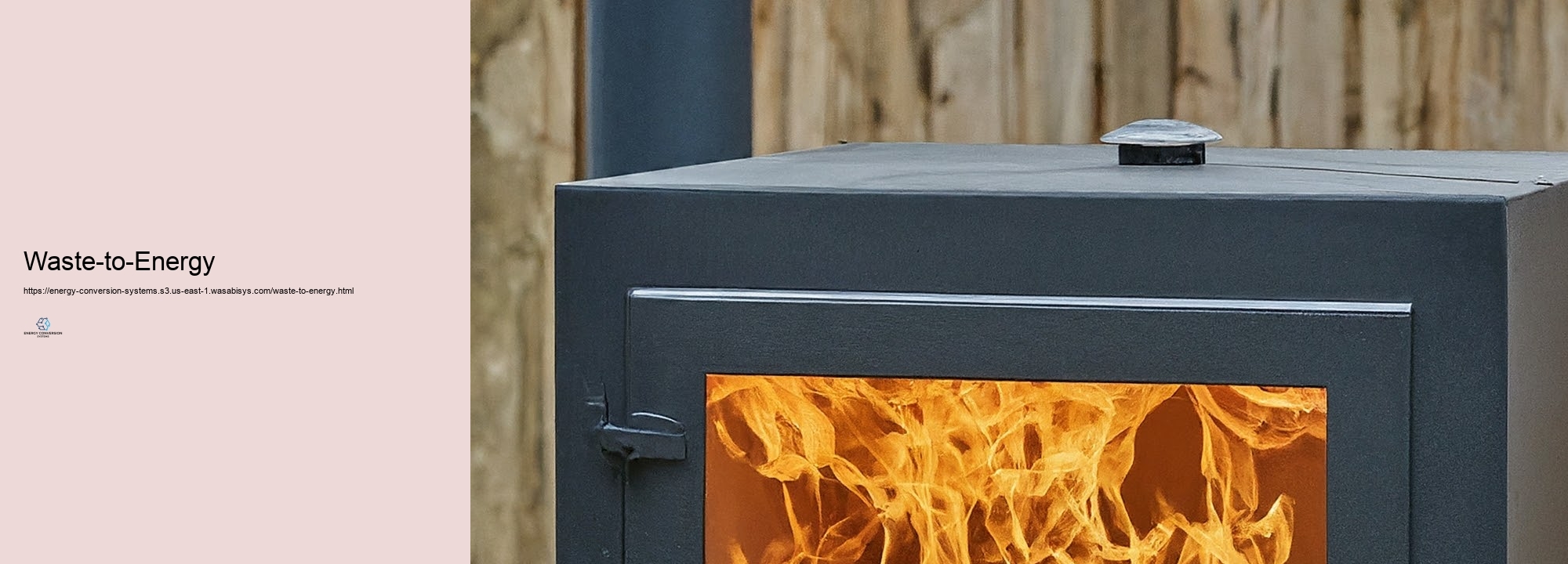
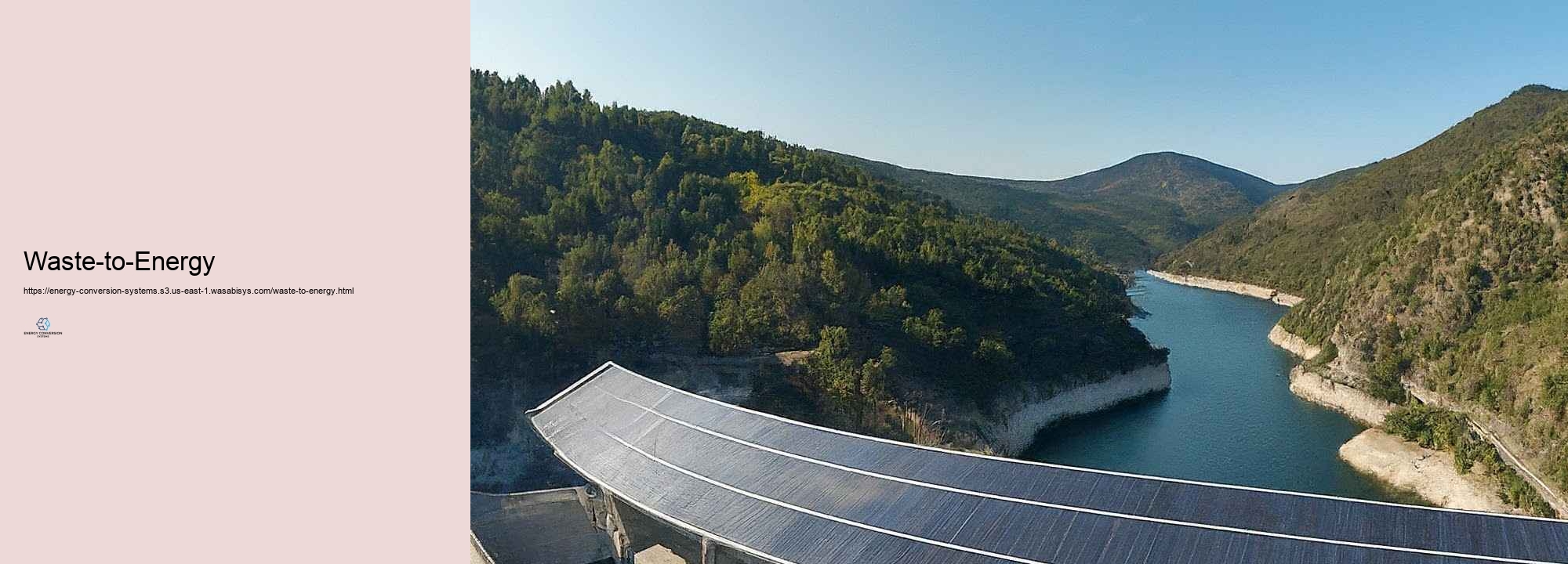
Improving efficiency in energy conversion is a crucial goal in the search of sustainable and budget friendly energy manufacturing. As global energy need remains to surge, improving the effectiveness of energy conversion procedures has become dramatically essential for reducing source intake, reducing ecological impacts, and ensuring energy safety and security. This endeavor incorporates a large range of strategies and advancements throughout various energy markets, from standard fossil fuel-based systems to renewable resource contemporary technologies. Among the primary locations of focus for enhancing energy conversion effectiveness remains in thermal nuclear power plant, which continue to be a significant source of electrical energy worldwide. Advanced burning modern technologies, such as supercritical and ultra-supercritical hefty steam cycles, have been established to increase the performance of coal-fired nuclear reactor. These systems run at higher temperatures and stress than traditional plants, enabling much better thermal performance and lowered gas usage. Likewise, combined cycle gas generator (CCGT) plants, which use both gas and heavy steam wind turbines, can attain performances of as high as 60%, significantly more than typical single-cycle plants. Waste heat healing systems represent another important method for enhancing energy conversion efficiency. In lots of industrial procedures and power generation systems, a significant quantity of warmth is shed to the ambience. By executing contemporary technologies such as natural Rankine cycles (ORC) or thermoelectric generators, this waste warm can be captured and traded helpful electrical energy. This not just enhances general system performance however likewise lessens the requirement for additional energy input, produce established you back cost savings and reduced ecological influence. In the globe of renewable resource, constant technologies are driving improvements in energy conversion effectiveness. For solar photovoltaic or pv or pv (PV) systems, advancements in cell design and materials have actually caused consistent increases in conversion effectiveness. Multi-junction cells, which usage many layers of semiconductor items to record different parts of the solar range, have actually attained efficiencies going beyond 40% in laboratory setups. Arising advancements such as perovskite solar batteries expose guarantee for extra efficiency improvements and rate decreases in solar energy conversion. Wind energy conversion has likewise seen considerable performance renovations with technical advancements. Bigger generator dimensions, progressed blade layouts, and increased control systems have improved the capability factor of wind cattle ranches. Additionally, the development of offshore wind advancement has really opened up new chances for making use of stronger and a lot more constant wind resources, even more improving energy conversion efficiency. In the field of energy storage room, which is critical for taking care of the intermittency of renewable energy resources, different strategies are being gone after to increase efficiency. Advanced battery technologies, such as solid-state batteries and circulation batteries, supply the opportunity for higher energy densities, quicker charging rates, and a lot longer life expectancies compared to conventional lithium-ion batteries. These remodellings can cause added reliable energy storage space and blood circulation systems, reducing losses in the energy conversion chain. Hydrogen manufacturing and gas cell innovations represent an additional location of modern technology in energy conversion performance. While standard hydrogen manufacturing through hefty steam methane transforming is fairly ineffective, brand-new techniques such as high-temperature electrolysis and solar thermochemical water splitting reveal warranty for much more reliable hydrogen manufacturing. On the usage side, advancements in gas cell technology, specifically in proton exchange membrane layer (PEM) fuel cells, are enhancing the performance of changing hydrogen right into power for countless applications, including transportation and repaired power generation. The principle of cogeneration, or bundled warm and power (CHP), is a crucial method for improving overall energy conversion efficiency. By at one time creating electrical energy and valuable heat from a singular gas resource, CHP systems can accomplish total efficiencies of as much as 80%, significantly higher than different warmth and power generation. This strategy is specifically effective in industrial settings and location home heating device, where there is a normal demand for both electrical energy and cozy. Advancement in products scientific research are playing a vital role in boosting energy conversion efficiency throughout various innovations. High-temperature superconductors, for instance, have the possible to considerably decrease energy losses in power transmission and distribution systems. Similarly, the improvement of advanced products for generator blades, solar batteries, and gas cells is making it feasible for better running temperature levels, enhanced strength, and raised effectiveness in energy conversion procedures. The assimilation of artificial intelligence (AI) and artificial intelligence formulas right into energy systems is one more ingenious approach to boosting conversion performance. These innovations can make best use of the procedure of nuclear reactor, renewable energy systems, and grid networks in real-time, altering specs to maximize efficiency based on existing problems and requirement patterns. Anticipating upkeep powered by AI can also help protect versus tools failings and keep peak efficiency, even more contributing to general system efficiency. Pumped Hydroelectric Storage Smart grid modern-day technologies and demand-side administration methods are in addition crucial for enhancing energy conversion efficiency at the system degree. By allowing much better communication and control in between energy suppliers and clients, smart grids can maximize energy blood circulation, lower transmission losses, and better integrate renewable resource resources. Demand action programs, which incentivize customers to change their energy use based upon grid issues, can help balance supply and demand much more successfully, decreasing the demand for much less reliable peaking nuclear power plant. The principle of energy plunging, where waste energy from one process is made use of as input for an additional, is getting grasp as a strategy for enhancing basic system efficiency. Industrial synergy, where numerous fields exchange energy and resources, exhibits this strategy. For example, waste warm from a nuclear power plant could be made use of for area home heating or commercial procedures, optimizing the use of energy inputs. Improving the effectiveness of end-use developments is furthermore vital for overall energy conversion performance. This includes establishing added dependable home appliances, lighting systems, and commercial devices. The extensive cultivating of LED lighting, for example, has actually considerably decreased energy consumption in the lights market. Likewise, the growth of a great deal even more trusted electric electric motors and variable speed drives has really enhanced energy conversion effectiveness in industrial applications. Improving performance in energy conversion is a diverse trouble that calls for a combination of technological technologies, system-level optimizations, and strategy assistance. From advancements in standard power generation innovations to developments in renewable resource and energy storage space systems, lots of techniques and developments are being pursued to make the most of the efficiency of energy conversion procedures. As these technologies remain to breakthrough and expand, they will absolutely play an important feature in building an additional lasting and effective energy future. The ongoing search of improved energy conversion performance not only contributes to ecological sustainability yet in addition improves energy defense and economic competition in a significantly energy-dependent world.
The assimilation of renewable energy sources right into conversion systems is a transformative method boosting the international energy landscape. As the world try to find lasting solutions to fulfill boosting energy requirements while reducing environmental results, the obligation of renewable resource in conversion systems ends up being seriously essential. This combination includes integrating eco-friendly sources such as solar, wind, hydro, and biomass with conventional energy systems to generate crossbreed systems that boost energy manufacturing, increase efficiency, and lower carbon emissions. By leveraging the toughness of both lasting and typical energy resources, these systems supply a path to a much more resistant and lasting energy future. Hybrid energy systems go to the forefront of integrating renewable resource resources into conversion systems. These systems integrate countless energy sources to supply a secure and trustworthy power supply. As an example, photovoltaic panels can be coupled with wind turbines to suit each different other, as solar power is plentiful during the day while wind energy can be utilized throughout the night or throughout gloomy days. By incorporating these sources, hybrid systems can reduction dependence on nonrenewable fuel resources, reduced greenhouse gas exhausts, and offer a a lot more consistent energy supply. Additionally, crossbreed systems normally consist of energy storage remedies, such as batteries or thermal storage, to keep excess energy created throughout elevation manufacturing times for usage throughout periods of low renewable resource availability. This ability enhances the honesty and versatility of the energy supply, making it a great deal more immune to variants in renewable resource generation. The successful assimilation of renewable energy sources right into conversion systems also counts substantially on developments in grid adaptation and wise technologies. Modern power grids are proceeding to in shape the variable nature of renewable resource resources. Smart grids, supplied with cutting-edge sensors, communication modern technologies, and automation, permit real-time security and management of energy circulations. This enables the trusted combination of renewable energy right into the grid, balancing supply and requirement dynamically. Smart contemporary technologies furthermore advertise need activity strategies, where customers readjust their energy use based upon routine and price signals, better enhancing using renewable resource. By boosting grid convenience and strength, these contemporary innovations sustain the seamless assimilation of renewables, assuring a protected and reputable energy supply. Energy storage solutions play an important function in the assimilation of renewable energy sources right into conversion systems. The recurring nature of renewable resource, such as solar and wind, demands the need for trustworthy storage space remedies to make certain a continual energy supply. Advanced battery innovations, such as lithium-ion and circulation batteries, give reliable storage space options that can save excess energy generated during optimum production times and release it when required. Furthermore, thermal energy storage systems, such as molten salt storage space, are made use of combined with concentrated solar energy (CSP) plants to conserve cozy for power generation during non-sunny periods. These storage space solutions not only boost the reliability and security of renewable energy systems yet additionally allow far better infiltration of renewables right into the energy mix, decreasing dependence on nonrenewable fuel sources and reducing carbon exhausts. The assimilation of renewable resource resources is similarly driving the change towards decentralized energy systems. Unlike regular streamlined power generation, decentralized systems produce energy closer to the element of usage, reducing transmission losses and elevating energy efficiency. Rooftop photovoltaic panels, small-scale wind generators, and community-based renewable resource jobs are instances of decentralized systems that encourage customers to develop their own energy. This decentralization increases energy safety and security, reduces grid congestion, and licenses greater consumer interaction in the energy market. By including renewable resource resources right into decentralized systems, neighborhoods can accomplish far better energy flexibility and stamina, adding to a a lot more lasting and fair energy future. The adaptation of renewable energy sources right into conversion systems is continual by favorable plan and regulatory structures.
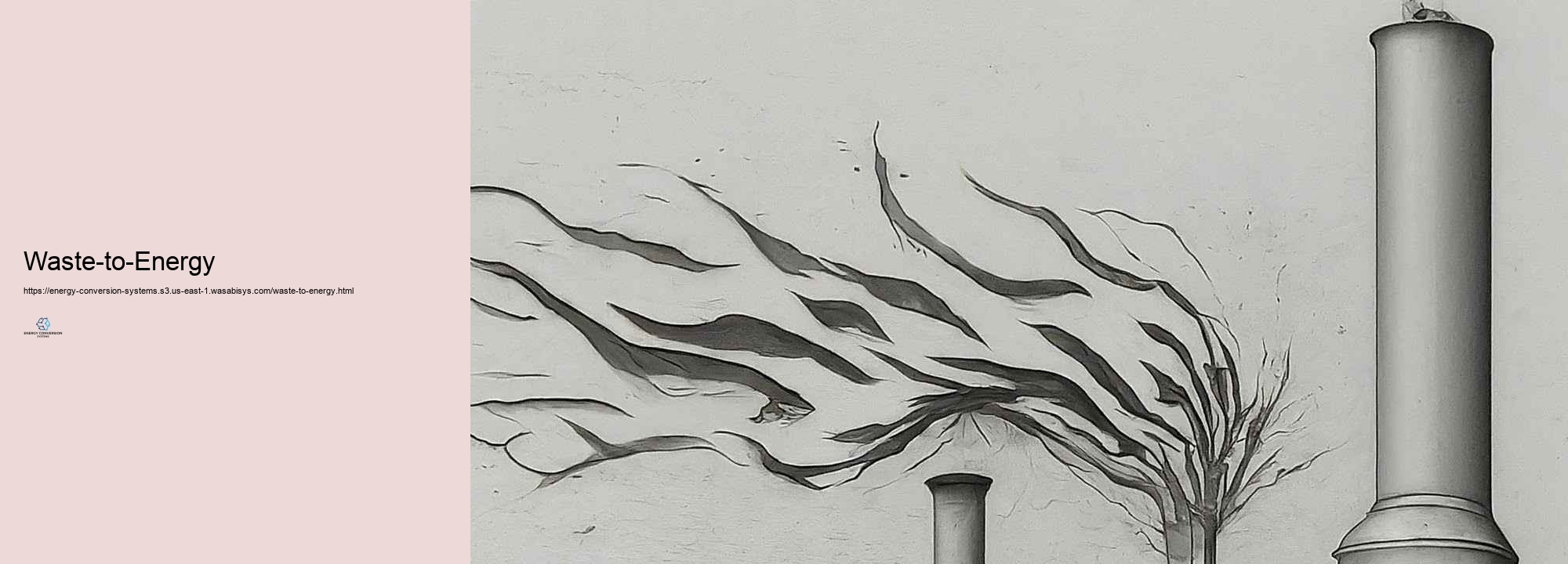
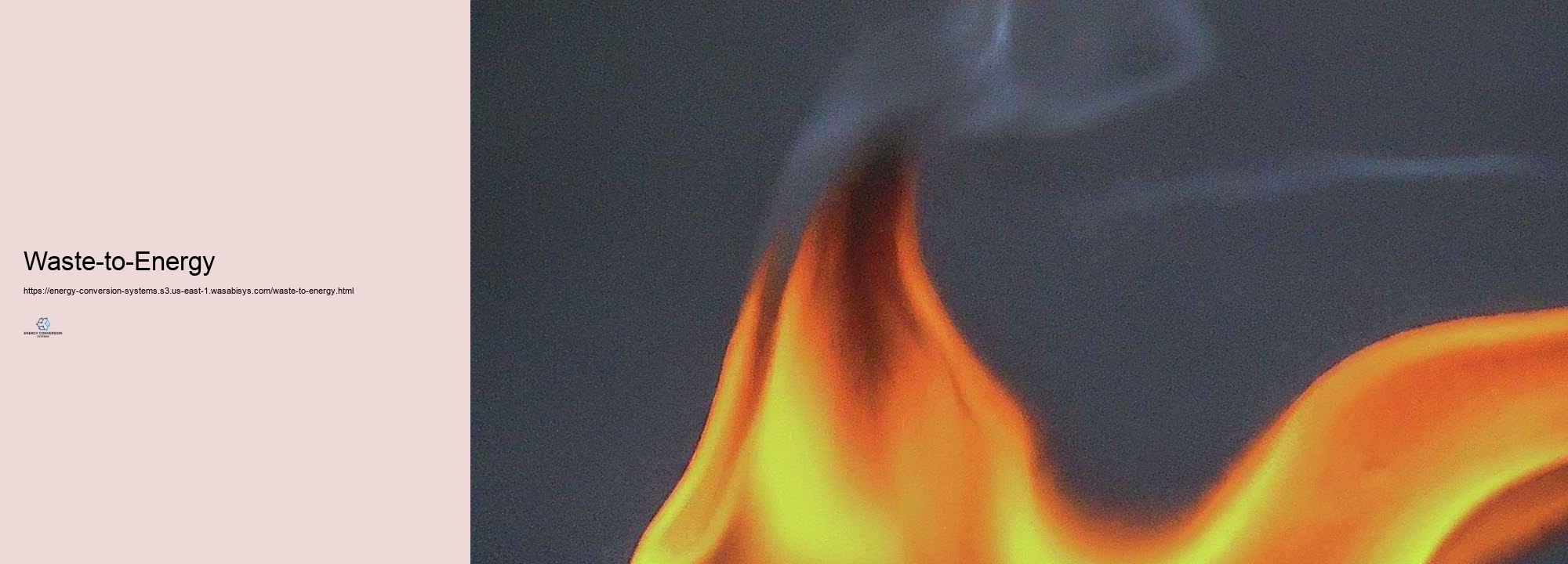
Energy conversion system style is a complex area that faces numerous obstacles in the mission for a whole lot more effective, lasting, and cost-effective remedies. As international energy needs remain to rise and ecological issues rise, designers and scientists are tasked with creating innovative methods to conquer these barriers. This intro discovers the key problems in energy conversion system design and the arising alternatives that are developing the future of energy technology. One of the key difficulties in energy conversion system layout is enhancing performance. All energy conversion procedures entail some level of energy loss, as established by the regulations of thermodynamics. For thermal systems, such as nuclear power plant, this ineffectiveness is usually turned up as waste heat. Addressing this challenge require a complex method. Advanced products that can sustain higher temperature level degrees and anxiety are being created, allowing more efficient thermodynamic cycles. As an instance, supercritical and ultra-supercritical hefty vapor cycles in coal-fired power plants can complete higher effectiveness by running at incredibly heats up and stress. In internal burning engines, innovations in burning chamber layout, gas injection systems, and exhaust gas recirculation are pushing the borders of effectiveness. An extra significant trouble is the intermittency and irregularity of renewable resource resources. Solar and wind power, while clean and considerably cost-competitive, are not continuously used. This abnormality presents barriers for grid protection and reliability. Solutions to this obstacle consist of the growth of innovative energy storage room systems, such as grid-scale batteries, pumped hydro storage, and emerging contemporary technologies like flow batteries. Furthermore, the design of crossbreed systems that incorporate different energy resources (e.g., solar-thermal crossbreed plants) can aid minimize the intermittency trouble. Smart grid innovations and need response systems are furthermore being developed to much better deal with the balance in between variable supply and demand.
The result of energy conversion systems on environmental sustainability is profound and complicated, influencing everything from greenhouse gas discharges and resource exhaustion to ecological community wellness and biodiversity. As the worldwide need for energy continues to be to rise, driven by people growth and economic advancement, the demand for lasting energy alternatives happens dramatically instant. Energy conversion systems, which transform raw energy resources right into beneficial kinds such as power, warmth, and gas, play an essential obligation in this change. By taking a look at the environmental influences of many energy conversion modern innovations, we can far better understand their contributions to sustainability and determine courses for renovation. Regular energy conversion systems, especially those trusting nonrenewable fuel sources such as coal, oil, and gas, have actually generally been substantial contributors to eco-friendly destruction.
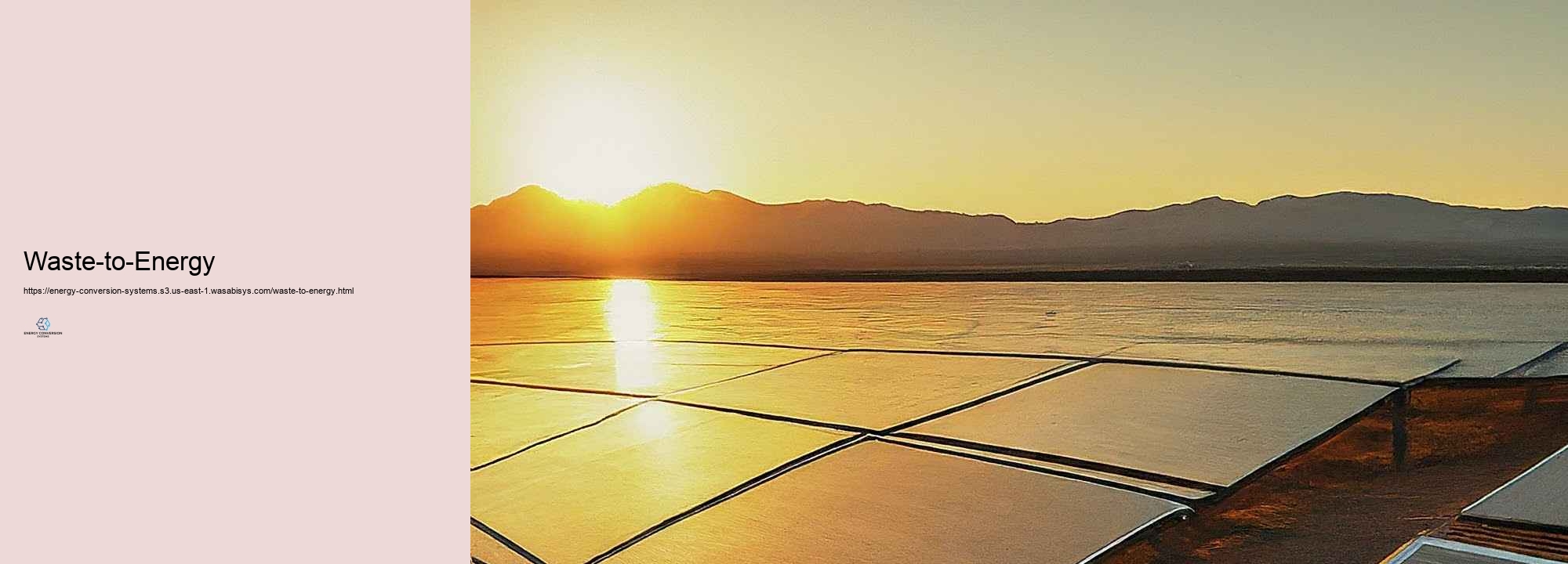
Energy conversion systems are technologies or processes that transform one form of energy into another, such as converting solar energy into electricity or mechanical energy into electrical energy.
Common types of energy conversion systems include solar photovoltaic panels, wind turbines, fuel cells, hydroelectric power systems, and geothermal energy converters.
Energy conversion systems improve efficiency by optimizing the process of converting energy from one form to another, reducing waste, and enhancing the overall output of usable energy.
Energy conversion systems are crucial in renewable energy as they enable the transformation of natural energy sources like sunlight, wind, and water into electricity, supporting sustainable power generation.
Challenges include optimizing efficiency, minimizing energy loss, integrating with existing grids, managing costs, and ensuring reliability and sustainability of the energy sources used.